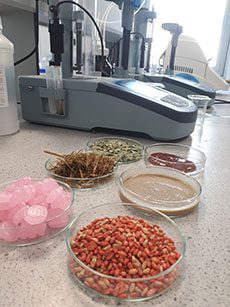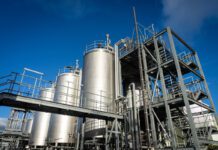
AD operator and services provider Amur has unveiled what it says is the industry’s first rapid inhibition test. The test, which runs alongside Amur’s innovative Bullet BMP test, produces results in just 24 hours, compared with the 30 days required for existing industry analysis. It will be offered free of charge to businesses signing up to the Bullet BMP service.
General Manager at Amur, Nigel Lee, described the move as a major step forward for analysis, adding: “Every AD operator knows that diet is crucial to running efficiently and achieving optimum gas yields. Until now, operators have had to wait up to a month for confirmation that feedstocks are safe to feed. Now, they can source feedstock and be reassured that material is free from inhibition in just one day.” (You can read more about inhibition here).
The simple test is based on very sensitive bacteria, which react quickly when exposed to inhibition-causing toxins.
Previous industry inhibition analysis has been limited – it could only be achieved through biological BMP testing, which checks for gas potential. Nigel Lee explained that introducing a separate test for inhibition gives operators more flexibility. “AD plants are offered new feedstocks on a regular basis and being able to understand the value of those feedstocks to the AD operator is critically important. Amur already offers the fastest BMP testing in the business. Running the two unique tests together gives operators total peace of mind and more control when feeding their plants.”
Amur’s Bullet BMP technology reports back in just three days. The cutting-edge technology uses near infra-red spectral analysis to identify the components – such as starch, sugar, or fat – in a sample. The findings are calibrated and benchmarked against known biomethane potential from a range of waste materials, then mathematically calculated and converted into BMP.






